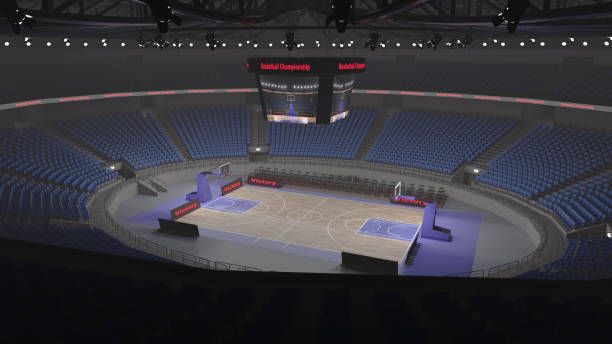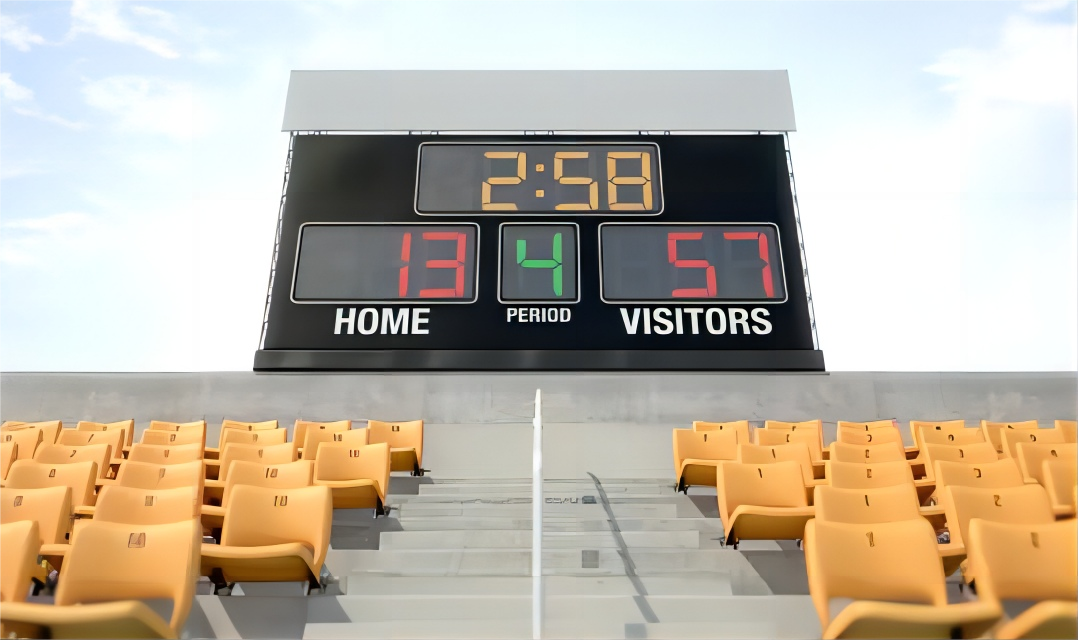
Get a Quote
Exploring Features and Installation of Stadium LED Displays
Understanding Stadium LED Displays
Stadium LED Displays are versatile marvels that go beyond mere advertising platforms. They seamlessly blend into the sports arena, offering a spectrum of functionalities. From showcasing commercial advertisements to broadcasting real-time information like scores and player stats, these displays serve as the heartbeat of the stadium, pulsating with the energy and excitement of the game.
The evolution of LED Display technology has been nothing short of remarkable, mirroring the rapid pace of innovation in the sports industry. From humble beginnings, these displays have evolved into sophisticated systems that seamlessly integrate into the stadium landscape. With advancements in resolution, brightness, and refresh rates, LED Displays have become indispensable tools for capturing the essence of live sports action, captivating audiences worldwide.
Types and Applications of Stadium LED Displays
Categorization Based on Application Purpose
Stadium LED Displays come in various forms, each tailored to fulfill specific roles within the sports arena.
- Full-Color LED Large Screens: These expansive displays are the focal point of the stadium, captivating audiences with vibrant visuals and high-definition imagery. They are perfect for showcasing highlights and replaying exhilarating moments in slow motion.
- Stadium LED Fence Screens: Positioned strategically around the venue, these screens serve as versatile platforms for displaying commercial advertisements. Their modular design allows for easy assembly and maintenance, ensuring seamless integration with the stadium's aesthetics.
- Timing and Scoring LED Displays: Integral to the essence of sports events, these displays are connected to the timing and scoring system, providing real-time updates on players' performance and game-related information. They play a crucial role in maintaining the flow of the game and keeping spectators informed.
Classification by Installation Environment
Stadium LED Displays are also classified based on their installation environment, catering to the diverse layout of sports venues.
- Football Field LED Displays: Positioned around the perimeter of the football field, these displays engage spectators with dynamic content and advertisements. They are controlled by sophisticated software, allowing for seamless playback of content to enhance the overall viewing experience.
- Funnel-Shaped LED Displays: Suspended from the sky above indoor stadiums, these displays serve as dynamic canvases for broadcasting event progress and player introductions. Commonly found in basketball stadiums and multi-purpose arenas, they add a touch of spectacle to the venue.
- Stadium Wall LED Displays: Mounted on the walls at one end of the stadium, these displays synchronize live events and provide real-time information to spectators. Their visibility ensures that fans across the venue have access to crucial updates and game-related content.
- Outdoor Column LED Displays: Designed to withstand the elements, these displays are installed on large columns in outdoor stadiums. They boast high-quality construction, offering windproof and dustproof capabilities to ensure optimal performance in various weather conditions.
Key Features to Consider When Choosing Stadium LED Displays
Screen Protection Performance
When selecting Stadium LED Displays, prioritizing screen protection performance is paramount to ensure longevity and durability. Effective heat dissipation mechanisms and high protection levels safeguard the display from environmental factors, enhancing its lifespan and reliability.
Brightness Contrast and Energy Efficiency
Achieving the perfect balance between brightness, contrast, and energy efficiency is crucial for optimizing visual impact while minimizing power consumption. This consideration holds particular significance for outdoor displays exposed to varying lighting conditions.
Installation Method and Maintenance
The choice of installation method influences not only the display's aesthetics but also its accessibility for maintenance. Whether grounded, wall-mounted, or embedded, the installation method should align with the venue's layout and facilitate convenient maintenance procedures for long-term upkeep.
Viewing Distance and Dot Pitch
Tailoring the dot pitch of the LED display to the viewing distance of spectators is essential for maximizing visual clarity and impact. Different viewing distances require varying dot pitch options to ensure optimal viewing experiences for all attendees, both indoors and outdoors.
Wide Viewing Angle and High Refresh Rate
A wide viewing angle ensures that spectators from all vantage points within the stadium can enjoy clear and vibrant visuals. Additionally, a high refresh rate is essential for delivering smooth and seamless live broadcasts, enhancing the overall viewing experience for fans.
Installation Process of Stadium LED Displays

Pre-Installation Planning and Site Assessment
Before installation begins, thorough planning and site assessment are essential to ensure optimal placement and functionality of the LED displays. Factors such as viewing angles, audience demographics, and structural considerations should be taken into account during this phase.
Mounting and Positioning of LED Display Panels
Once the site assessment is complete, the LED display panels are mounted and positioned according to the predetermined plan. Careful attention is paid to alignment and spacing to guarantee a seamless viewing experience for spectators.
Wiring and Connectivity Setup
Wiring and connectivity setup involve connecting the LED display panels to power sources and data transmission systems. This step requires meticulous attention to detail to ensure proper functioning and synchronization of the display components.
Testing and Calibration for Optimal Performance
After installation is complete, thorough testing and calibration are conducted to verify the functionality and performance of the LED displays. This includes testing for visual clarity, color accuracy, and responsiveness to ensure optimal performance during live events.
Conclusion
Stadium LED Displays play a vital role in enhancing the spectator experience at sports events, providing dynamic visuals and real-time information. By considering key features such as screen protection, brightness contrast, and installation method, venues can select LED displays that meet their specific needs and requirements. For comprehensive solutions and expert guidance on Stadium LED Displays, explore EACHINLED's range of products and services. Contact us today to learn more and elevate your sports venue to new heights with cutting-edge LED display technology.

